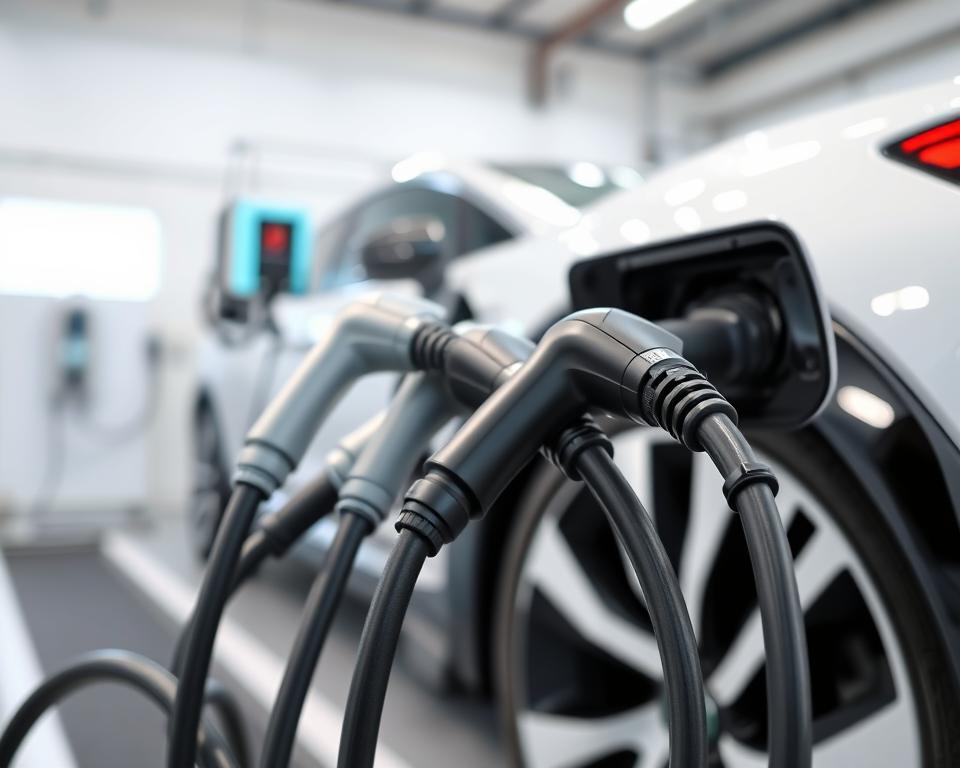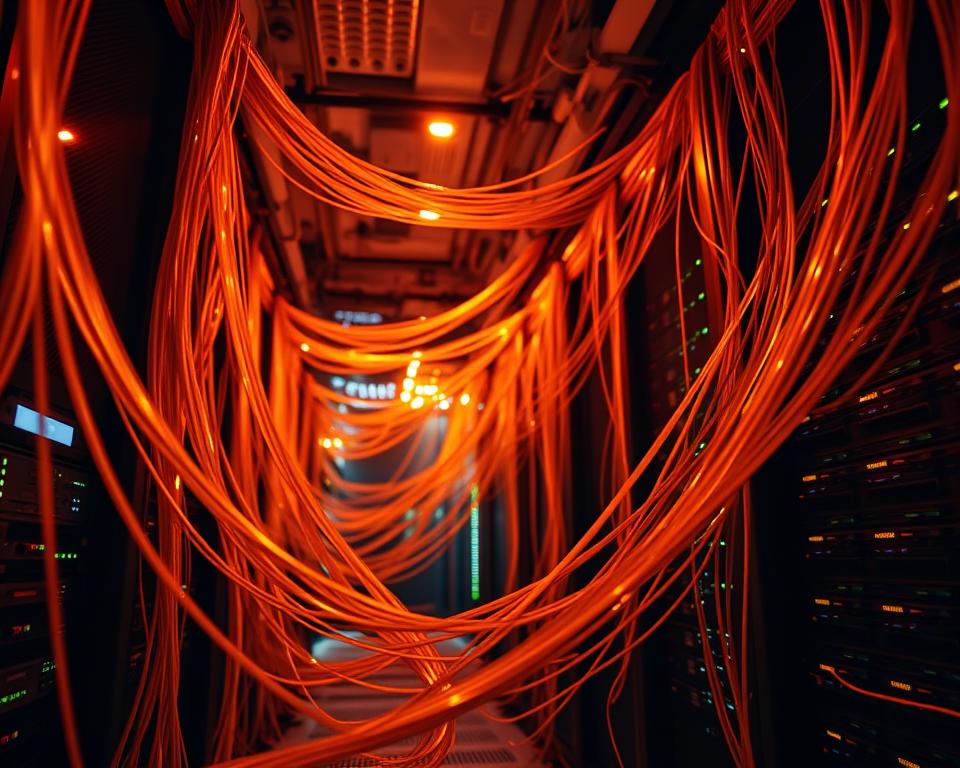Eco-Friendly Precious Metal Recovery Handbook
Did you know that more than $60 billion worth of precious metals are discarded each year in electronic waste alone? This staggering figure underlines the critical role of precious metal recycling. Not only does it boost economic health, it also protects our environment. By recycling metals like gold, silver, platinum, and palladium, we cut down on pollution and save natural resources.
Firms like Dongsheng Metal Trading spearhead the movement toward greener recycling. They ensure these valuable metals are reused, not dumped in landfills. Such a precious metal recycling companies model drives eco-friendly recycling and sustainable methods.
Major Findings
- More than $60 billion of precious metals end up in e-waste each year.
- Recycling precious metals shrinks environmental harm and saves resources.
- Gold, silver, platinum, and palladium top the list of valuable metals.
- Green recycling methods are essential for a sustainable future.
- Recycling experts like Dongsheng Metal Trading lead the industry.
What Makes Precious Metals So Valuable
Naturally scarce metallic elements called precious metals draw interest from industries and investors. Gold, silver, platinum, and palladium stand out for their distinct qualities. These include electrical conductivity, corrosion resistance, and substantial rarity. Extracting and refining them uses up huge resources, so recycling becomes critical.

Intrinsic qualities and demand in the marketplace determine precious metals’ worth. Recycling precious metals plays a critical role in sustaining the supply chain. It cuts the environmental toll of mining operations. Advanced recycling can bring metals back to their initial quality. That process conserves scarce materials and boosts the economy.
Defining Precious Metals
Precious metals possess unique characteristics that make them desirable for a variety of applications. Economic value stems from their scarcity and innate qualities. Notable examples are:
- Gold: Prized for its shine and tarnish-proof nature.
- Ag: Celebrated for its adaptability and conductivity.
- Pt: Celebrated for its durability and catalytic properties.
- Palladium: Gaining traction in cars and electronics.
Benefits of Precious Metal Recycling
Recycling these metals is now key to sustainable practices. It helps conserve these finite resources and significantly reduces the ecological footprint tied to traditional mining. Key benefits include:
- Reduction of environmental degradation caused by mining operations.
- Using far less energy than fresh extraction.
- Contribution to a circular economy by reintroducing materials into production cycles.
- Potential for financial gains through the reclaiming of high-value materials.
Why Precious Metal Recycling Matters
Metal recycling brings both green and economic gains. Pointing out these perks shows how to shrink our eco-impact. Plus, it spurs economic development and steadiness.
Environmental Benefits
Recycling metals yields major environmental perks. When we recover metals from e-waste and scrap, landfill volume drops. It curbs mining demand and preserves nature.
This approach minimizes the harmful effects of mining, such as habitat destruction and pollution. A focus on metal recovery moves us toward real sustainability.
Economic Advantages
The economic benefits of recycling are equally compelling. Recycling precious metals can lower manufacturing costs. That shift enables firms to opt for recycled rather than virgin metals.
It produces recycling-sector employment and strengthens markets with growing recycled-metal needs. Harnessing these gains helps firms improve their bottom line. They further support a cleaner economy.
Steps in Metal Recycling
Metal recycling demands a multi-stage process to optimize recovery. It starts with collecting metals from various sources like discarded electronics, jewelry, and industrial scraps. They are sorted, decontaminated, and analyzed to gauge composition and value.
Recycling Workflow
This systematic approach is vital for effective metal recovery. All stages focus on boosting metal yield. Metals are sorted according to their type and purity. Cleaning removes contaminants that could hinder recovery. Analysis identifies the concentration of precious metals, guiding the choice of recycling techniques.
Recycling Techniques Used
Advanced recycling techniques are employed to achieve high metal recovery rates. Thermal reduction, using high temperatures to separate metals from ores, is a key method. Molten refining and wet-chemistry steps handle finer separations. Firms such as Dongsheng Metal Trading apply these techniques to raise recovery and profits.
Recyclable Precious Metals
Recovery efforts support both ecology and resource reclamation. Numerous precious metals lend themselves to recycling, serving both business and environment. Awareness of recyclable metals guides consumers and companies.
Recycling Gold, Silver & Platinum
Gold, silver, and platinum stand out among precious metals. You’ll see them in rings, currency, and industrial parts. Gold’s high price and use make it a prime recycling target. Silver recovery matters too, thanks to its role in imaging, tech, and solar.
Platinum, though less common, is valuable, mainly in catalytic converters.
E-Waste Metals
E-waste metals present special recovery opportunities. Devices such as phones and computers hold palladium and indium. These metals are a treasure trove for recycling, reducing e-waste and providing essential materials.
It’s crucial to recover these electronic metals. Sectors strive to cut waste and boost recycling efficiency.
Industries that Benefit from Precious Metal Recycling
Precious metal recycling is essential for several key industries, allowing them to use valuable resources efficiently and sustainably. The electronics industry, with its frequent use of precious metals in devices, benefits greatly. Aerospace and healthcare rely on them for vital parts. Examining industry recovery uncovers eco- and economic advantages.
Tech Electronics
The electronics industry leads in precious metal recycling due to the abundance of valuable metals in devices like smartphones and computers. Fast tech progress fuels growing e-waste volumes. This makes effective recycling of these metals, such as gold, silver, and palladium, critical. That saves resources and cuts mining carbon footprints.
Businesses enhance recovery to align with green and zero-waste aims. That change bolsters resource saving and ecosafety.
High-Tech Industries
Recycling precious metals matters for aerospace and healthcare, given their reliance on them. High-performance alloys are essential for manufacturing flight parts and medical devices due to their durability and resistance to corrosion. Recovering them cuts costs and meets green regulations.
These sectors know green recovery eases resource shortages. It also enhances operational efficiency, making recycling a key strategy for sustainability.
How to Choose a Metal Recycler
Choosing reputable metal recyclers is vital for success. You should probe their procedures thoroughly. Pricing models and processes make a big difference. Service comparisons help you pick the best recycler.
What to Ask a Recycler
- Which recovery certifications does your company have?
- How do you process various precious metals?
- What yields can you deliver for gold, silver, and more?
- How do you handle pricing, and what additional fees might apply?
- Can you provide references or testimonials from previous clients?
Comparing Prices and Services
You must evaluate services side-by-side to pick the right recycler. Use a table to line up these factors:
| Company Name | Recovery Rate (%) | Processing Fee ($) | Turnaround Time (Days) |
|---|---|---|---|
| Recycling Co. A | 95 | 50 | 7 |
| Recycling Co. B | 90 | 45 | 5 |
| Recycling Co. C | 92 | 55 | 10 |
Side-by-side comparisons help pinpoint the ideal recycler. That way, you maximize returns and maintain quality.
Precious Metal Recycling: Your Eco-Friendly Guide
Grasping recycler workflows is essential for metal recovery. They handle all stages, from gathering to final refining. Such management secures peak resource use and profit.
How Recyclers Operate
Recyclers use advanced methods for metal recycling, including testing, separation, and refining. They start by collecting metal scraps from various sources. Then, they use sophisticated techniques to separate different metals. In the last stage, precious metals are refined to purity.
This process not only maximizes resource recovery but also supports eco-friendly practices. It’s fundamental to building a sustainable future.
Selecting Your Ideal Recycler
You’ll want to weigh several factors in your choice. First, look at their environmental practices. Now more than ever, green commitment is crucial. Next, review their service range—from pickup to refining.
Pricing is another key factor. Gather price quotes for side-by-side comparisons. Experts like Dongsheng Metal Trading provide industry-specific offerings. They are a reliable choice for specific recycling needs.
Types of Recycling Facilities
Recovery facilities are central to green waste solutions. There are specialized centers for different metals and materials. Understanding these facilities improves access to recyclers and their services. It aids companies and conserves nature.
Recycling Center Types
Facilities differ greatly in their focus and processes. Some yards recover gold and silver; others accept all metal waste. Common examples include:
- Scrap yards process a broad mix of metal types.
- Precious Metal Recovery Companies: With a focus on high-value materials such as gold, silver, and platinum, these companies offer refined processing techniques.
- Electronics recyclers extract metals from old gadgets.
Location and Access to Facilities
Proximity to recyclers cuts logistical hurdles. Companies should evaluate haulage considerations. Here are some factors that influence access:
| Factor | Description |
|---|---|
| Distance | Nearby recyclers reduce haul time and expense. |
| Networking | Connections with nearby facilities speed up recycling. |
| Services Offered | Understanding the specific services of metal recycling facilities helps businesses select appropriate partners. |
Choosing appropriate centers and easy access drives recovery efficiency.
E-Waste Recycling & Metal Recovery
Discarded electronics threaten the environment. Old gadgets hide valuable metals ripe for recovery. That underscores viewing e-waste as a metal source.
Electronic Precious Metals
Gadgets harbor small quantities of precious metals. These metals are found in various parts:
- Circuit boards
- Connectors and ports
- Capacitors and resistors
- Battery terminals
Even everyday items like smartphones, laptops, and TVs are filled with these metals. Recycling lets us reclaim and repurpose those metals.
Why Recycle E-Waste?
Recycling electronics protects nature and recovers resources. That cuts landfill volume and conserves resources. The benefits of recycling e-waste metals are clear:
- It minimizes environmental risks from improper disposal
- It curbs carbon footprints with sustainable recycling
- It supports the circular economy by recycling materials back into production
Encouraging electronic recycling promotes sustainable resource management. It’s essential for the well-being of future generations.
What’s Next in Metal Recycling?
Metal recycling is evolving, spurred by tech advances and green initiatives. As the need to conserve resources grows, major players in recycling are adapting. By integrating novel processes, they pave the way forward.
Green Recycling Trends
Modern green recycling strives to cut waste and eco-damage. Companies are shifting towards eco-friendly practices, like using biodegradable packaging and energy-efficient processes. These changes align with global sustainability objectives, pushing industries towards more responsible and planet-friendly behaviors.
New Metal Recovery Tech
Breakthroughs in recovery boost metal recycling yields. New technologies, such as automated sorting and hydrometallurgical extraction, enhance recovery rates. They boost recovery and cut environmental costs—a leap for metal recycling.
Starting a Precious Metal Recycling Venture
Building a metal recycling enterprise calls for thorough planning and industry knowledge. Founders need a roadmap, regulatory know-how, and solid groundwork. This includes conducting extensive market research and identifying target clients. Also, obtaining necessary permits and understanding legal aspects is vital for sustained success.
Business Setup Steps
To launch your recycling venture, follow these steps:
- Research the market to grasp demand and competition.
- Develop a detailed business plan outlining goals and strategies.
- Invest in equipment tailored to your process needs.
- Obtain capital via loans or investors.
- Secure regulatory approvals and certifications.
- Deploy promotional plans to gain customers.
Compliance and Certifications
Grasping legal frameworks is essential for your recycling venture. Complying with eco-regulations keeps your business green and lawful. Must-know compliance points:
- Securing business certification from relevant authorities.
- Ensuring full compliance with disposal and recycling laws.
- Training staff in safety protocols and best practices.
To Conclude
Recovering precious metals conserves resources and protects our planet. It empowers all of us to reduce environmental harm from waste. Recovered metals curb mining and fuel green-job growth in recycling.
Beyond green gains, recycling yields financial perks. Working with Dongsheng Metal Trading guarantees green standards. Such alliances reinforce the circular economy for all stakeholders.
The journey to a sustainable future depends on collective action in recycling precious metals. Growing awareness can lead to a society that values responsible consumption and environmental care. Adopting these practices will benefit us now and secure a greener future for generations to come.

